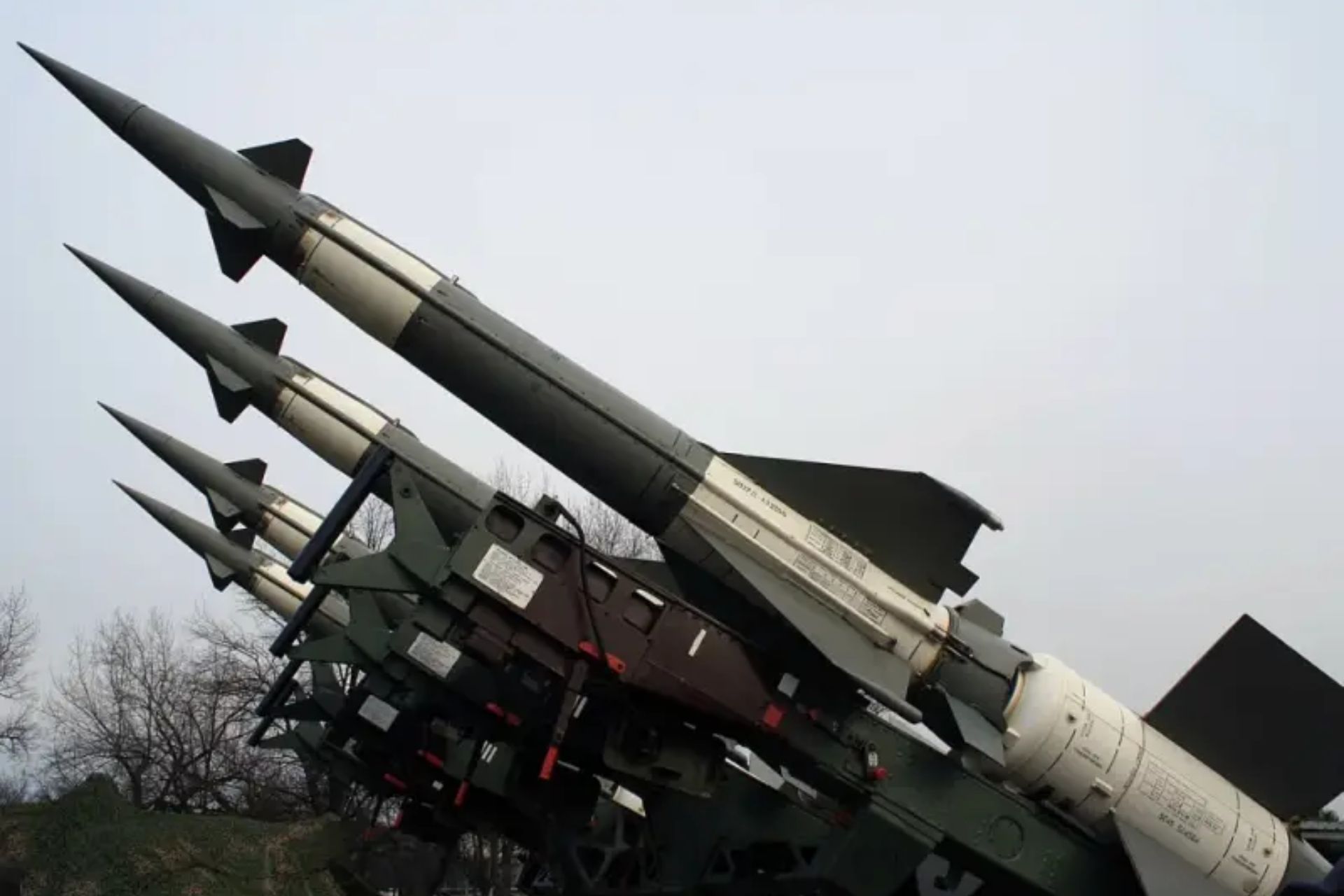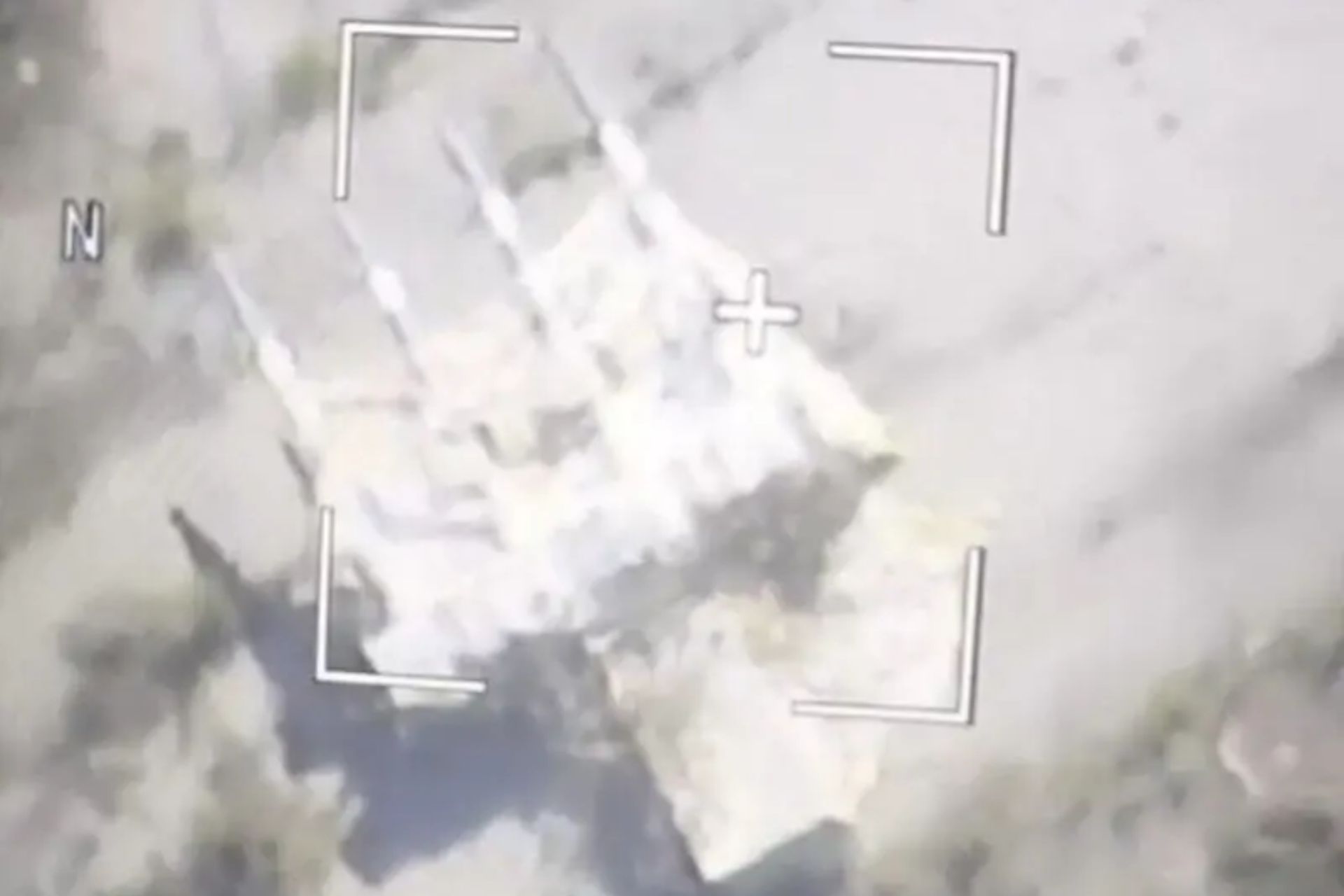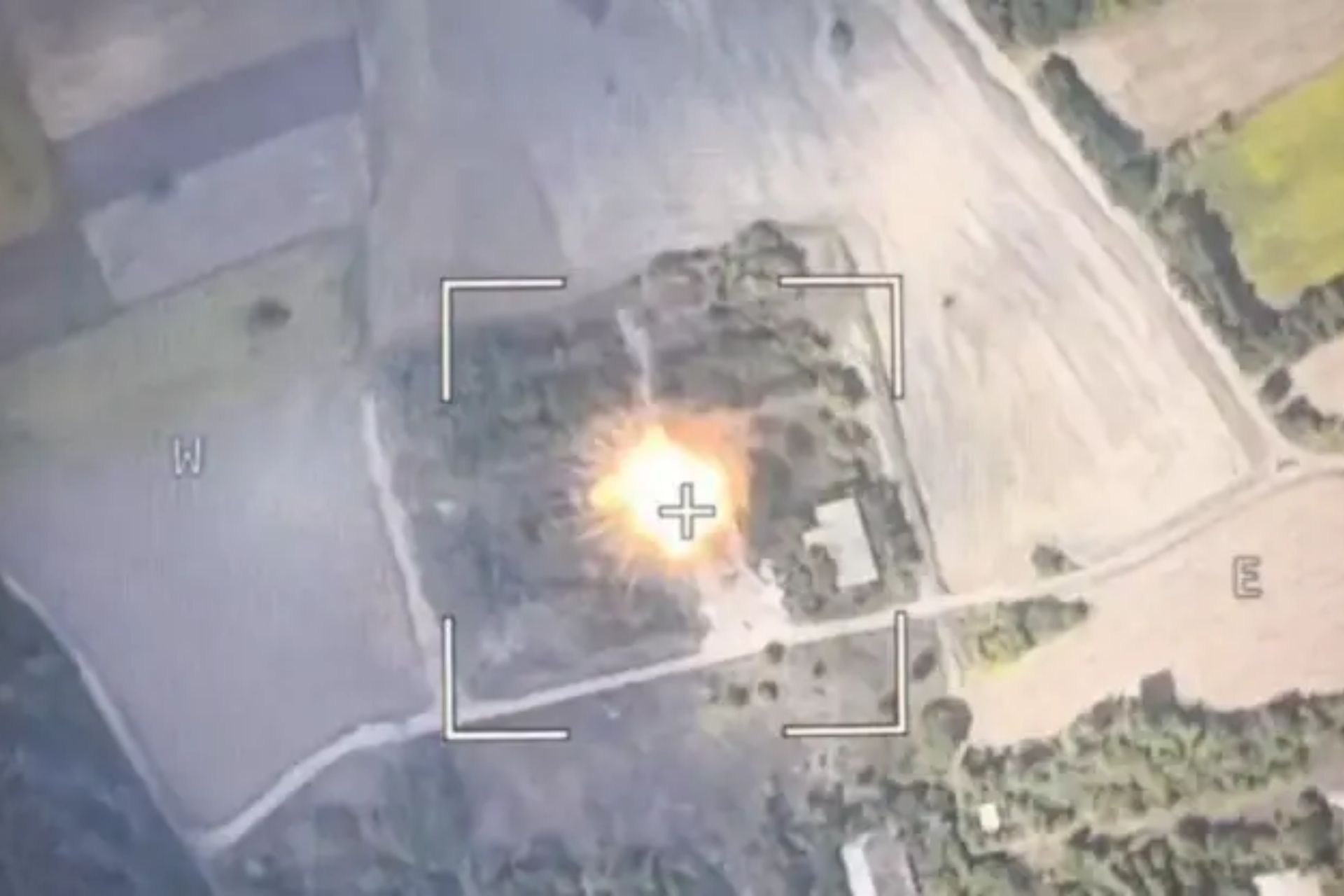Breaking News
Russian aerospaces forces destroyed for first time rare 70 years old SAM system.
The Russian military says they destroyed on 16 August, 2024 a Ukrainian armed forces S-125 surface-to-air missile system (SAM) (in the Pechora-2D variant). The images published online are the first visual confirmation of the defeat of such a rare anti-aircraft system. This system, which seems like it belongs in a museum, is still in use today and is not only effective but also regularly modernized. Let's look at what it is truly capable of doing.

S-125 Neva "SA-3 Goa" surface-to-air missile system from Serbian Army 250th Air Defense Brigade on display after military exercise "Ušće 2011 (Picture source: wikimedia)
The S-125 Neva/Pechora, known as SA-3 Goa in NATO codification, is a ground-to-air defense system developed by the Soviet Union in the 1960s. Designed to defend against medium-altitude aerial targets, this system uses radar-guided missiles to intercept aircraft and cruise missiles. The Pechora-2D version of the S-125 Neva air defense system is a significant upgrade of the original model designed to extend its operational life and enhance its defensive capabilities. This upgrade, carried out by Russian companies, was first introduced in the 2000s and focuses on improving range, accuracy, and resilience to electronic countermeasures.
The Pechora-2D is distinguished by the integration of new radar and control equipment that allows better target detection and more accurate tracking, even in environments saturated with electronic jamming. It also features an improved guidance system that increases the likelihood of target destruction. Additionally, the system has been adapted for quicker deployment and autonomous operation, with mobile components that can be easily relocated in the face of imminent threats.

S-125 Neva "SA-3 Goa" surface-to-air missile system from Ukrainian Armed forces in Sumy oblast, detection by Russian UAV before strike (Picture source: Russian aerospace forces)
The S-125 Neva/Pechora air defense system was commissioned in the Soviet army in the early 1960s. Despite its shorter effective range and engagement altitude compared to earlier models, its two-stage design has shown greater efficiency against maneuverable and low-flying targets. The 5V24 (V-600) missiles achieve flight speeds of Mach 3 to Mach 3.5.
Despite their considerable age, the S-125 air defense systems have demonstrated relatively high effectiveness during the armed conflict in Syria. For instance, in 2015, a Syrian S-125 air defense missile downed an American MQ-1 Predator drone conducting a reconnaissance flight near the city of Latakia.
It is also reported that on August 15, 2024, Russian aviation conducted a series of particularly precise strikes on targets in the Sumy region. Specifically, in the cities of Shostka and Hlukhiv, Russian aviation destroyed several Ukrainian military installations and infrastructure, including temporary lodging points and accumulations of manpower and military equipment for the militants of the Kyiv regime. The density of aerial strikes on targets in the Sumy region significantly complicates the situation for units of the Ukrainian armed forces that have invaded the border area of the Kursk region.

Russian Strike of S-125 Neva "SA-3 Goa" surface-to-air missile system from Ukrainian Armed forces in Sumy oblast. (Picture source: Russian aerospace forces)


























